A River Runs, Turns, Erases, Replaces: An interview with filmmaker Shengze Zhu
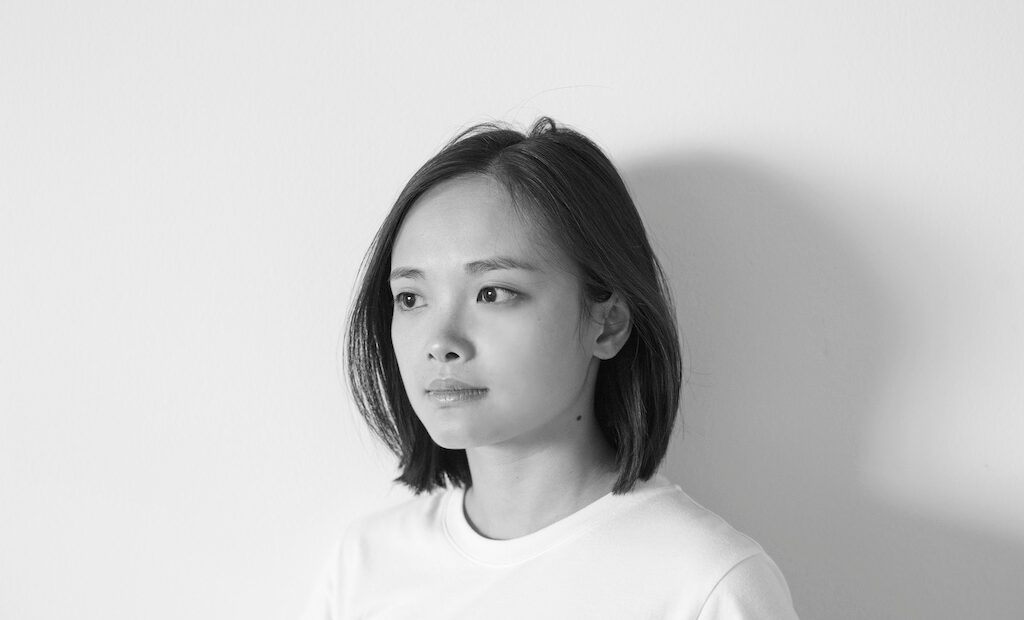
Berlinale Forum entry A River Runs, Turns, Erases, Replaces is a free-flowing documentary about Wuhan. The city on the Yangtze River has obviously received much attention in the past year, and the current pandemic is part of the piece’s narrative, but not the whole story.
The project was originally conceived with a different concept in mind, filmmaker Shengze Zhu tells us. But of course after Wuhan became the centre of the virus outbreak, she couldn’t avoid tackling this subject in the exploration of her former home. She spoke to The Upcoming about the process of making this film, its soundscape and her hope that its audience will be able to relate to the letters incorporated into the story.
Thank you very much for taking the time to speak with us. Where are we reaching you today? Are you in Wuhan or in the US?
In the US. I’m in Chicago.
You’re originally from Wuhan and live in Chicago now, right?
I moved to Chicago five – actually, more than five years ago. In 2015.
Can you tell us a little bit about A River Runs, Turns, Erases, Replaces? How did this project come into existence?
What initially drove me to this project was really just a feeling of alienation and estrangement. I left Wuhan in 2010 and then I felt the city just became more and more unrecognisable to me, every time I went back home. The city moves very fast, there are a lot of things going on; there are a lot of construction projects, infrastructure projects. Around 2014, maybe it was 2015, I saw in many places all over the city a slogan that said: “Wuhan, different every day.”
It thought it was funny at the beginning, because you know, every day is a different day, of course. But if you use it as a slogan for a city, it may suggest other things.
My original idea was really to examine the relationship between the city’s residents and the city’s rapid transformation. How might a person, an individual, feel, in relation to the city’s progress – what we have lost? How are we coping with such rapid change? That was the original idea, and shooting actually was not finished yet. Last year, I still had a long To Do list. Then what happened there in January completely ruined my plans. The very fact that I couldn’t go back, because of all the travel restrictions, meant that I couldn’t finish it as I had planned. Also, what happened last year, I felt I had to include it in the film. I couldn’t avoid it. So even though I still used the footage from the past, this is really a new film for me, in a way, but a very different film.
You managed to capture true moments of isolation in the city. Was all of the footage shot before the pandemic?
The material was shot between the summer of 2016 and the fall of 2019. That was the last time I went back home, right before the pandemic. October 2019 was the last time I was there.
One of the letters featured in the film, is about somebody who moved away from Wuhan, who didn’t know that the last time they saw their family would be the last time.
Right – that’s the third letter that you’re talking about. A woman who lives in the United States and works here, her father passed very suddenly, because of the pandemic. That was the story of my friend’s friend, so I feel very connected to it. While I wrote those letters, I just couldn’t stop thinking, “What if any of these stories happen to my family?”. Because I wouldn’t have the chance to get back to see them if anything bad happened.
That is a very strong part of the film, and also something that many of us can relate to.
I’m glad that you say that, because I really hope that the film can not just resonate with people from Wuhan, or people from China. I hope it can break some boundaries, in terms of age, or culture or race or class, you know, in terms of our distinctive backgrounds. I hope that the emotions that I try to convey can resonate.
What was behind your decision to include the letters in text form and not for instance, as voiceover?
It’s very simple: I hoped the audience could read the letters by themselves in their own voices. So that it’s not like a story belongs to a specific narrator. I feel it works better. Because if I ask those people to narrate their stories, or if I find actors or actresses, it just makes it harder because each of us has a different understanding about those stories, about what happened. So if there’s a voice that dominates the narrative, I feel it wouldn’t work. Like the emotions that the actor or the character conveys, maybe, you feel are not appropriate? Not through the written language, through his or her acting, it may be interruptive in a way.
I tried for one story, but it didn’t work out for me.
The way it is now is that we only hear the city sounds, which add to the focus on the images.
Yeah, that’s another reason. The film is not just about landscape, it’s also about the soundscape. For me, sound is really, really important. I wanted to keep the original sound from that location. It’s also sound from the past. I want to keep them there. I guess sound really gives another layer to all the locations or places that I try to portray in the film. It gives give the space more complexity. It also tells many things that are absent in the image, beyond the frame.
Speaking of sound, what was the significance of the song in the closing titles, Drunk with City? You mention in the credits that SMZB is the first punk band from Wuhan since 1996?
Yeah. Personally, I like their music and also their way of making music. Independent, underground music, it’s getting very hard these days in China. Wuhan also has an area known as Punk City, for a Chinese audience, a younger generation, like my generation. So partly it was because of them, because they are legendary in a way that is purely underground. I wanted to use their music; I knew it from the very beginning after I realised this was going to be a new film.
They also have a famous song called Wuhan Wuhan. But actually, I feel that song is too explicit, you know, so I decided on this song, Drunk with City. It’s more poetic – not that explicit. It’s just my personal taste.
My producer, who is also my partner, Zhengfan, is not very into this idea that I use this music at the end of the film, because he thinks the film has a very slow pace and it’s already enough to end with the new life of the bridge. The song has a very different rhythm than the image. I guess that’s true, but just for me, personally, I wanted to include it.
The river is obviously very present throughout most of the images of the film, but why exactly did you decide on A River Runs, Turns, Erases, Replaces as a title?
The river alludes to many, many different things at the same time. At the beginning, in the original plan, I already wanted to focus on the river and include it in the title – not this title.
I personally feel attached to the river. I just grew up very close to the river; it’s a very important part of my childhood, of my memories. Then I feel that the riverside has become a showcase for the city’s rapid development, because the government just keeps renovating this area. In the past five years, they just built a new part, and it’s good, and now they destroy and renovate it ten times, to try to build another part. So I wanted to use this area to just focus on something like this to show the city’s transformation.
Also, the river is like a symbol of the city. Wuhan has another name – it is called River City. That’s another reason. I feel that when we’re talking about the river, we always focus on its strength, its vitality. This is a mighty river, it is the source of life.
After what happened last year, I read an interview, where a resident says, “Bad memories and pains will flow away, just like the river, and then the city will regain its vitality.” For me, that’s very sad, and also I feel a little bit annoyed by this. I feel we focus too much on the vitality of not just the river, but also the city, where we try to just leave things that happened there, without any reflection.
Some of my friends told me that they couldn’t read or watch anything related to that experience, because it’s just so painful for them. For them, the act of recollection is just an unbearable experience. I feel like these attitudes are quite different, they are probably opposed to each other. But at the end, just like the river keeps moving on, as our life moves on, many things will be forgotten for many different reasons. So I feel the title and also the river suggest something inevitable. The river always moves towards one direction, it can never go back. It suggests something that’s inevitable, and sad in a way.
How did you find a flow in terms of connecting the images?
The narrative is very ambiguous. After I decided to include what happened last year into the film, to incorporate that experience into the film, the very first idea I had in my mind was to edit the film in reverse chronological order. Because it’s about the landscape, and not faces you probably don’t notice. But for people who are familiar with Wuhan, who are from Wuhan, they might have some thoughts about it. The structure in general was in reverse chronological order. What you see at the beginning of the film, after the surveillance footage, it was shot in 2019.
And at the end – not the very last shot either, but before that – those were from the summer of 2016.
After I decided this, I still had to give the film a certain kind of arc. In the beginning I try to focus on the industrial part, more or less – it’s about the construction sites. You see people, although they are very tiny; they try to build this large, huge infrastructure with their hands. Of course, with machines and with tools. But then in the middle it’s more about the relation between human beings and the space surrounding them. In this part, you see construction sites, but the focus is no longer on human beings, but also on animals, like the ducks in in the construction site, or the sound from the insects that you hear at the ruin.
I feel human beings, like us as residents, we kind of invade this area that belongs to nature. Because now you can hardly see any traces left that are purely by nature along the river. It’s all manmade or a combination between manmade and nature. You see nature has a more overwhelming presence in these images – you may only see a buffalo or you see that what we built was submerged by water. The river kind of takes over in a way, towards the ending of the film. There’s the guy who swims in the river, against the current that seems too powerful.
That’s the loose arc I tried to build. But I also hope the audience can have different interpretations of it.
What is quite different from the rest of the film is the surveillance footage in the beginning.
Actually, the surveillance camera footage was gathered from the Internet. It streamed online to the public. I watched it last year in February and March, because I was curious to know what was going on there on the streets. So it was just a fun way for me to see what happened there during the lockdown.
Selina Sondermann
Photo: Burn the Film
A River Runs, Turns, Erases, Replaces does not have a UK release date yet.
Read our review of A River Runs, Turns, Erases, Replaces here.
Read more reviews from our Berlin Film Festival 2021 coverage here.
For further information about the event visit the Berlin Film Festival website here.
Watch the trailer for A River Runs, Turns, Erases, Replaces here:

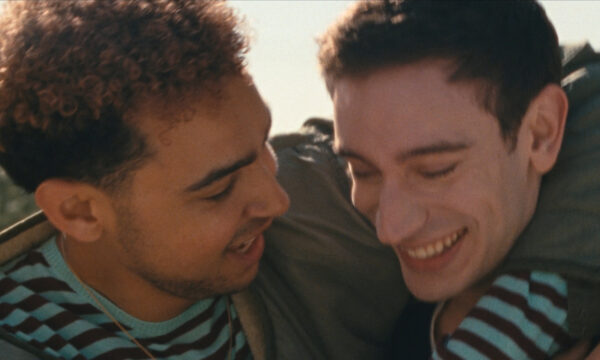
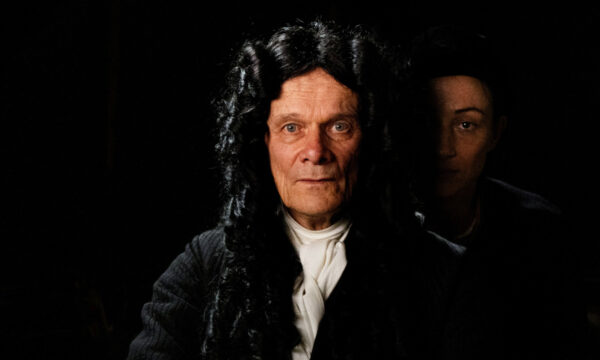
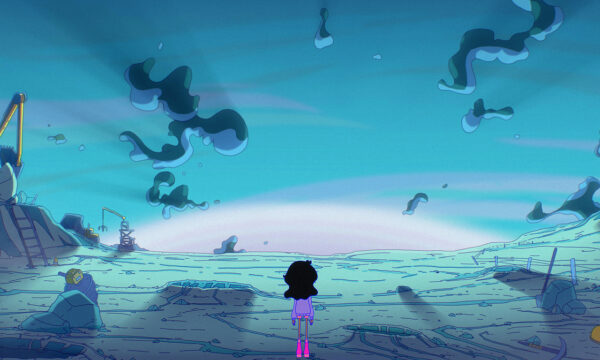
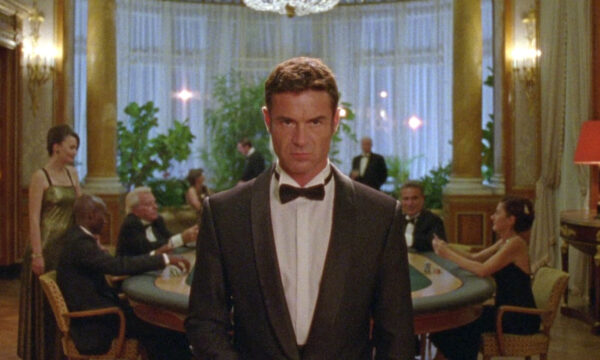
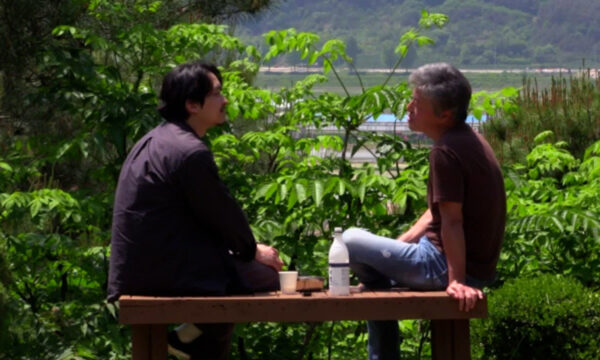
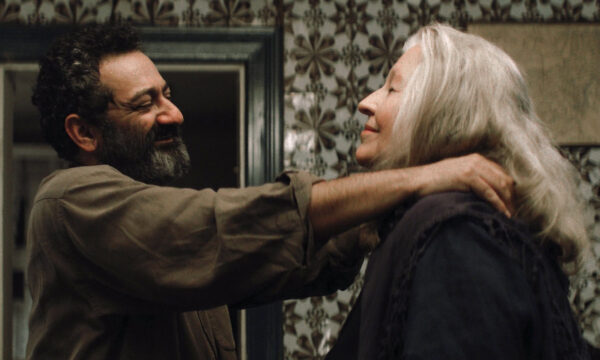
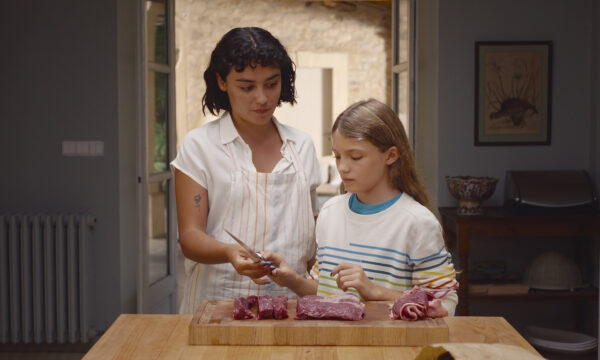
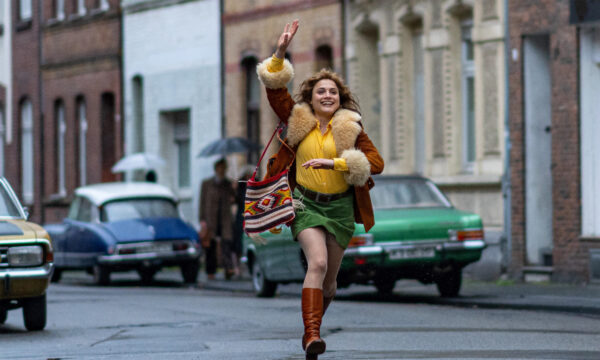
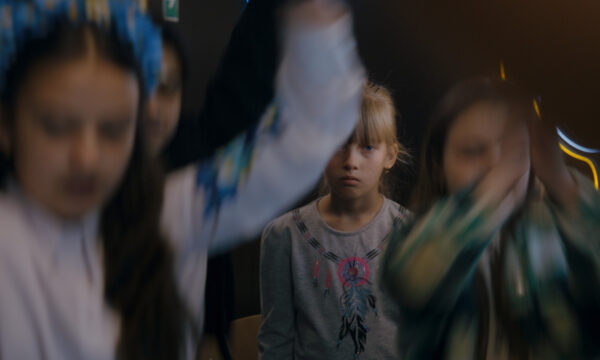
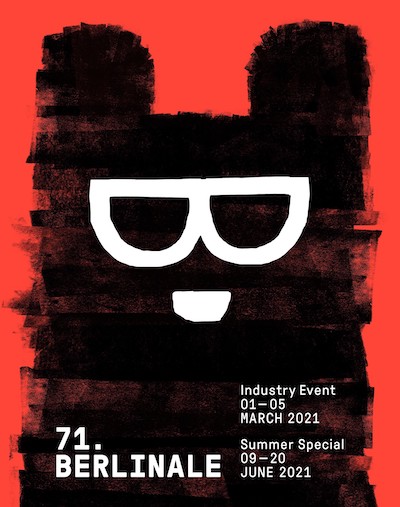





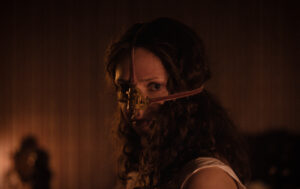






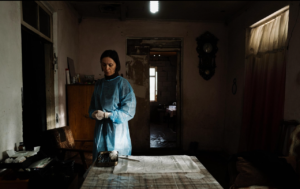
Facebook
Twitter
Instagram
YouTube
RSS